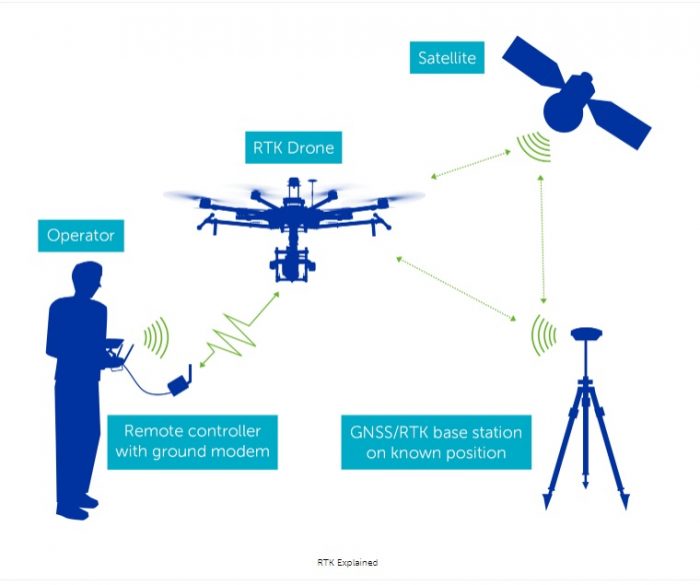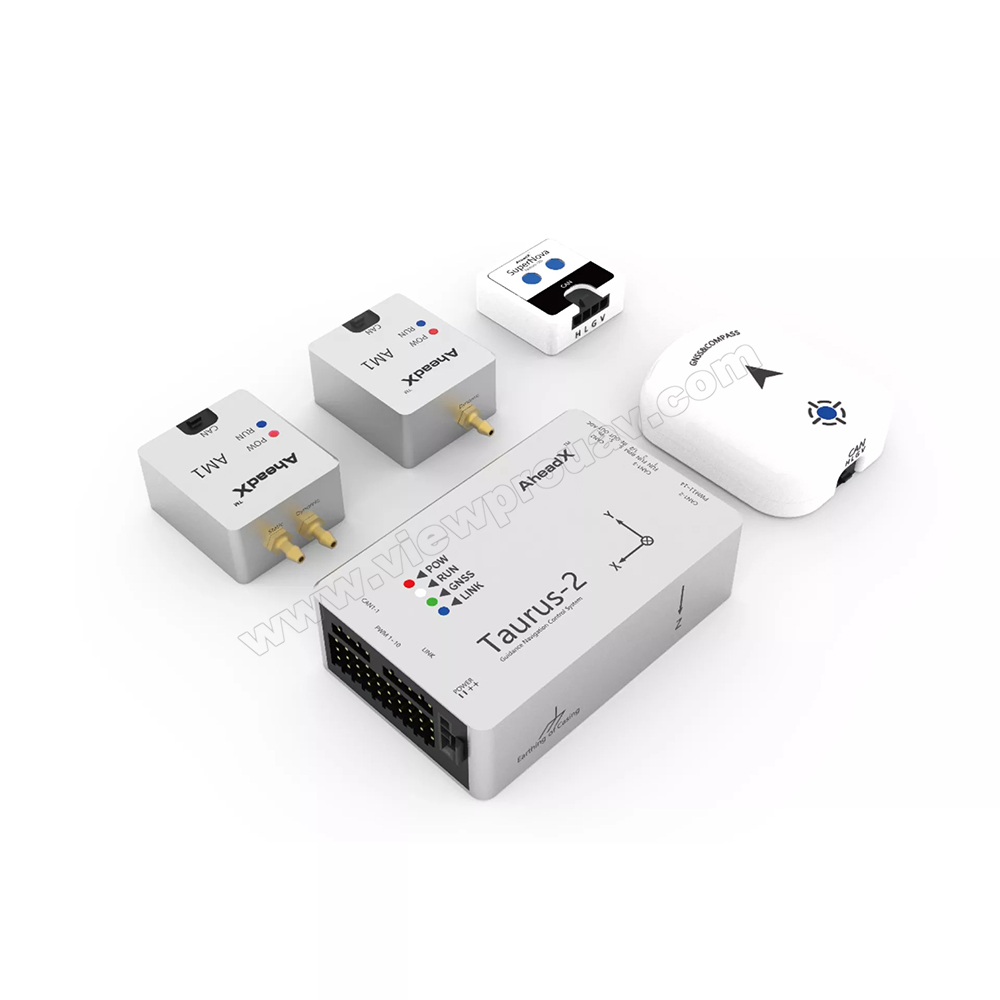The Significance of Drone Flight Controllers in Modern Aerial Technology: Trick Elements and Their Impact
In the world of modern-day airborne innovation, drone flight controllers offer as the essential systems that manage a drone's performance and capacities. As sectors increasingly rely on drones for applications varying from farming to monitoring, the advancing modern technology within trip controllers increases important questions about their future influence and possible innovations.

Introduction of Drone Trip Controllers
In the realm of airborne innovation, drone flight controllers act as the essential brain of unmanned aerial cars (UAVs), enabling exact ability to move and stability throughout trip. These advanced systems incorporate sensor information, refining algorithms, and control inputs, allowing drones to carry out complicated trip patterns with accuracy.
Drone trip controllers use various sensors, such as gyroscopes, accelerometers, and GPS components, to examine the UAV's alignment and position in real-time. This information is vital for maintaining balance and guaranteeing safe procedure in diverse environmental problems. The controllers procedure this information to make instantaneous adjustments to the drone's motors, enabling for smooth shifts and responsive handling.
Moreover, flight controllers are equipped with advanced software that supports functions such as waypoint navigation, challenge avoidance, and independent trip capabilities. This software application is essential for both commercial and leisure applications, where dependability and accuracy are paramount. As drone modern technology continues to advancement, the advancement of flight controllers will play a critical function in boosting UAV safety, functionality, and flexibility, inevitably broadening their applications across numerous industries.
Trick Elements Explained
Comprehending the essential components of drone flight controllers is vital for realizing just how these systems operate successfully. At the heart of a trip controller is the microcontroller, which acts as the brain, refining data from numerous sensing units and performing commands. Important sensors include accelerometers and gyroscopes, which determine the drone's positioning and activity, offering essential feedback for stablizing.
Another secret element is the measure, which assesses altitude by measuring air pressure, while general practitioner components offer positional information, enabling autonomous navigating - SparkNavi drone flight controller and GNSS/INS made in taiwan. The flight controller also interfaces with Digital Rate Controllers (ESCs), which control the rate of the drone's motors based upon the controller's commands
Communication components, such as radio receivers, facilitate remote control input, enabling drivers to send commands in real-time. In addition, some flight controllers incorporate software program that can manage complex formulas for waypoint navigating, flight preparation, and telemetry information analysis.
Function in Trip Security
Central to preserving trip stability, drone trip controllers make use of innovative algorithms to refine sensing unit information and make real-time modifications. These controllers are outfitted with a variety of sensing units, including accelerometers, measures, and gyroscopes, which continuously monitor the drone's positioning, elevation, and rate. By interpreting this data, the flight controller can identify deviations from the desired trip path and react quickly to preserve stability.
For circumstances, if a drone experiences an unexpected gust of wind, the flight controller can swiftly change the electric motor rates to neutralize the disturbance, making certain a stable flight trajectory. This capability is crucial not only for manual trip operations yet likewise for implementing intricate maneuvers and preserving smooth trip in different environmental conditions.
.png)
Furthermore, the advanced formulas made use of in flight controllers, such as PID (Proportional-Integral-Derivative) control, enable for fine-tuning of the drone's action to modifications in trip conditions. By enhancing these control criteria, trip controllers can enhance stability, improve responsiveness, and lower pilot work. Inevitably, the role of trip controllers in making sure flight security is vital for the efficient and secure procedure of contemporary drones across diverse applications.
Effect On Autonomous Procedures

Autonomous operations are specifically critical in varied applications such as distribution, farming, and surveillance check my reference services. With boosted trip controllers, drones can autonomously navigate fixed paths, successfully collect information, and adjust to dynamic atmospheres. This capacity minimizes the need for continuous human oversight, therefore raising operational performance and security.
Moreover, the implementation of artificial intelligence techniques within flight controllers allows drones to enhance their efficiency over time by picking up from previous objectives. This versatility leads the way for much more advanced self-governing applications, such as swarm modern technology, where multiple drones coordinate their actions to accomplish a common objective.
Future Trends in Trip Controllers
Technologies in flight controller technology are poised to revolutionize drone capacities in the coming years. One significant pattern is the assimilation of expert system (AI) and maker discovering formulas, making it possible for drones to discover from their atmospheres and make real-time decisions. This advancement will certainly enhance independent navigation, barrier avoidance, and mission preparation, dramatically improving operational effectiveness and safety.
In addition, the development of innovative sensor technologies, such our website as LiDAR and multispectral imaging, will offer trip controllers with richer data inputs. This will certainly help with much more sophisticated analytical capabilities, enabling drones to carry out intricate jobs, such as precision farming, search and rescue, and infrastructure examinations with unprecedented precision.
Another emerging trend is the miniaturization of trip controller elements, which will certainly bring about lighter and extra portable drones. This evolution will prolong trip periods and haul capacities, making drones more flexible for different applications.
Verdict
Finally, drone trip controllers act as important parts in contemporary airborne modern technology, making sure stability and accuracy in maneuverability via the assimilation of microcontrollers, accelerometers, and GPS components. SparkNavi drone flight controller and GNSS/INS made in taiwan. Their capability to allow autonomous procedures and adjust to various applications highlights their value throughout numerous markets. As improvements in fabricated intelligence and sensing unit modern technology continue to arise, the potential for boosted capabilities and enhanced operational efficiency in drone systems will likely improve the future of aerial applications
Central to maintaining flight stability, drone trip controllers use advanced algorithms to refine sensing unit data and make real-time modifications. By translating this information, the trip additional info controller can identify deviations from the desired trip path and react immediately to preserve stability.
Moreover, the sophisticated formulas used in flight controllers, such as PID (Proportional-Integral-Derivative) control, allow for fine-tuning of the drone's reaction to modifications in trip conditions. Inevitably, the role of trip controllers in ensuring trip security is essential for the reliable and secure procedure of contemporary drones across varied applications.
The developments in drone trip controllers not just enhance trip stability but likewise significantly affect independent procedures. SparkNavi drone flight controller and GNSS/INS made in taiwan.